LG has long had great success with its OLED TVs, and the flagship G-series model was one of the best TVs we tested in 2023. Now the 2024 OLED G4 has finally arrived. It clearly takes after its predecessor, but has also received some important updates under the bonnet.
LG OLED G4 with super powerful ‘AI’ processor
LG is focusing a lot on image processing this year, and the OLED G4 is equipped with the new α11 video processor, which is only found in this model and the wireless OLED Signature M4.
Developed specifically for OLED TVs, the new α11 processor is significantly more powerful than its predecessor, the α9. Among other things, LG promises a 70 per cent improvement in graphics performance and a 30 per cent increase in processor speed.
LG’s processor also uses AI (artificial intelligence) to improve image quality. Like Samsung’s NQ4 processor, it can analyse image information and decide how best to process objects. It’s not the first time we’ve heard this, but now the improvements are starting to gain momentum.
LG OLED G4 – design
The G4 model is called ‘Gallery OLED’ because it is tailor-made for wall mounting. The back of the screen is completely flat with a notch for wall mounts and cables. In fact, previous generations of the G series were so ‘wall orientated’ that they didn’t even come with a socket in the box! But this year, LG has thankfully turned things around and includes a regular plinth, while the wall mount is now optional.
In our opinion, it’s a smarter and more flexible solution – so you can experiment and find the right position before drilling holes in the wall.
The new centre-mounted base is heavy and sturdy and can raise the screen a notch to accommodate a soundbar underneath. Otherwise, the design is relatively similar to its predecessors.
LG seems to have been inspired by Samsung’s slim design, but here there is no separate box for cables etc. – which means the TV is a bit thicker and you’ll definitely end up with more ‘cable clutter’ dangling from the screen.
Ease of use and features
The LG monitor comes with the latest user interface (WebOS 24), which has become very fast and clear. The TV offers multiple user profiles and the home screen can be tailored to individual preferences. The remote control is the trusty Magic Remote with pointer that LG has used for as long as we can remember.
Like Samsung, LG offers four HDMI 2.1 inputs with up to 120Hz/144Hz on all of them. The G4 also has plenty of gaming features, which are available in the Game Optimiser submenu. A dedicated picture mode for gaming helps reduce lag to under 10 milliseconds. And with support for Freesync and VRR (Variable Refresh Rate), gaming is smooth and flicker-free.
Both LG and the Samsung competitor perform really well for a variety of gaming purposes, and both would be great monitors for consoles like Xbox and PS5. But if we have to highlight anything, it’s that LG – unlike Samsung – supports Dolby Vision formats for films, series and games.
Measurements
Our first measurements showed that both the LG OLED G4 and Samsung S95D provide very accurate colours and greyscale, straight out of the box and without calibration. Both displays delivered a delta deviation of <3, which is typically below what the human eye can perceive. The LG delivered exceptionally well in SDR. On the other hand, the Samsung S95D actually delivered even better in HDR with very low deviations in colour and greyscale. LG, on the other hand, delivered slightly higher brightness and contrast.
Note: The slightly higher deviations on the LG display are due to slightly higher colour values in blue, which can be compensated for with a Calman calibration. With the Samsung, there is almost no need to calibrate as the measurements are already so low.
| Measurements | LG OLED65G4 | Samsung TQ65S95D |
| Colour reproduction SDR (dE) | 1,2 | 1,6 |
| Greyscale SDR (dE) | 0,6 | 1 |
| Colour reproduction HDR (dE) | 2,4 | 1,9 |
| Greyscale HDR (dE) | 2,4 | 1,5 |
| Brightness (HDR) | ||
| 10 % | 1621 nits | 1531 nits |
| 100 % | 249 nits | 296 nits |
| Contrast (SDR) | 37613:1 | 10190:1 |
| Contrast (HDR) | 53678:1 | 39733:1 |
Image quality
Naturally, we were extra excited to see what impact the new ‘AI wizardry’ would have on the LG display. We’ve already had several of the new features demonstrated at trade shows and the like, but with all the settings turned up to maximum to emphasise the differences – which were very exaggerated.
But with the LG display set to the more neutral Cinema mode, we witnessed one of the best – perhaps the very best – TV picture we’ve ever seen!
It’s one thing what the metrics say, but we regularly found our eyes being ‘drawn’ to the LG screen, which was the sharpest, most detailed and most contrasty of the two competitors.
Firstly, the OLED G4 has a phenomenal sharpness and detail that we’ve hardly seen before. The absence of noise, combined with refined and gentle image processing, emphasises details without overdoing it.
The contrast in the image is also formidable and barely manages to surpass the rivalling Samsung S95D in both the lightest and darkest shades. Both of these monitors are absolutely top class, but LG has a slight advantage in terms of contrast and black level.
In addition, LG has managed to squeeze a very nice and more nuanced colour reproduction out of the panel. QD-OLED still has an advantage in terms of colour volume, but on the G4 these differences seem to have diminished significantly. The only point where we can see that the Samsung display has an advantage is that it has even more fine gradation from dark to light.
The LG OLED G4 also has motion smoothing (interpolation), which works brilliantly on everything from 24p feature films to sports and other types of TV content. Images are smooth, sharp and almost flicker-free without introducing too much ‘soap opera effect’. The improvement is remarkable, which again must be due to the smart video processor.
Sound quality
On the audio side, the LG G4 is relatively sparsely equipped with a single speaker system and dedicated woofers. It’s meant to offer virtual surround sound. And yes, the sound reproduction is clear enough, with clear voice reproduction, but it quickly becomes obvious that it’s no match for the size of the Samsung sound system. The S95D has strategically placed speakers all around, providing an impressive soundstage with a more airy surround effect.
Many would probably prefer a separate soundbar or sound system for a TV in this class anyway, and we would recommend it in this case. The G4 supports Dolby Atmos via the HDMI eARC connector and if you choose a compatible LG soundbar, you can also send the sound wirelessly or use the monitor speakers in combination with the soundbar – the so-called WOW Orchestra.
Conclusion
The G-series from LG has traditionally been among the best OLED TVs on the market, and this year’s OLED G4 is no exception. The combination of raw and contrasting picture quality, great design and a smart user interface and good design make this an excellent overall package. This year it even comes with a foot in the box (!) – so you can quickly set up the TV. The fact that the price starts a little lower than its predecessor did back in the day is no disadvantage either.
Of course, the LG OLED G4 faces strong competition from the Samsung S95D in terms of picture quality, usability and design. And if the built-in TV sound is an important factor for you, Samsung has a clear advantage. But as a pure imaging machine, the G4 is – by a narrow margin – the best in our opinion. Therefore, it’s a narrow but well-deserved victory for LG in this duel.
All in all, we have no hesitation in giving the LG OLED G4 top marks and our special recommendation. It’s simply a great TV!

We think
The LG G4 is an excellent TV with fantastic picture quality, great connectivity and format support, and a sleek and stylish design. The sound reproduction is quite thin and will need help from a soundbar.
3199 €
Specifications
- Size/type: 65″ 4K OLED
- Resolution: 3,840× 2,160 (4K Ultra HD)
- Panel frequency: 60-144Hz
- Operating system: WebOS
- Inputs: 4 x HDMI (4 x 2.1), 3 x USB
- Outputs: Optical digital audio output, HDMI eARC
- HDR: HDR10, Dolby Vision
- Screen sizes: 55, 65, 77, 83
- Other:
- Web: lg.com
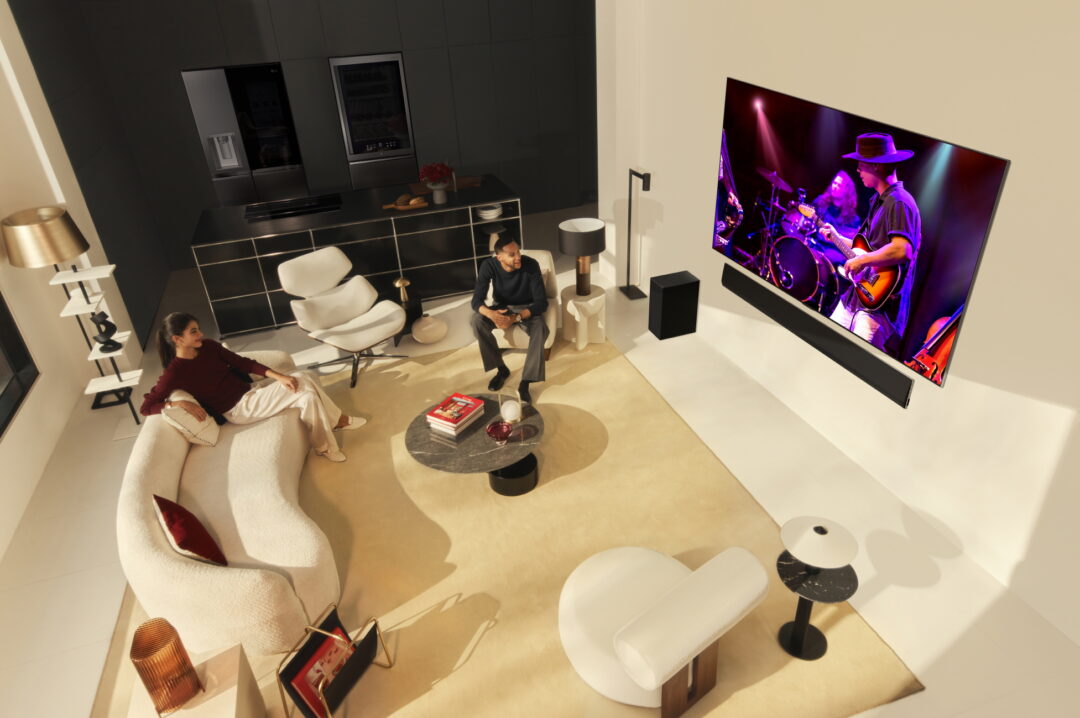


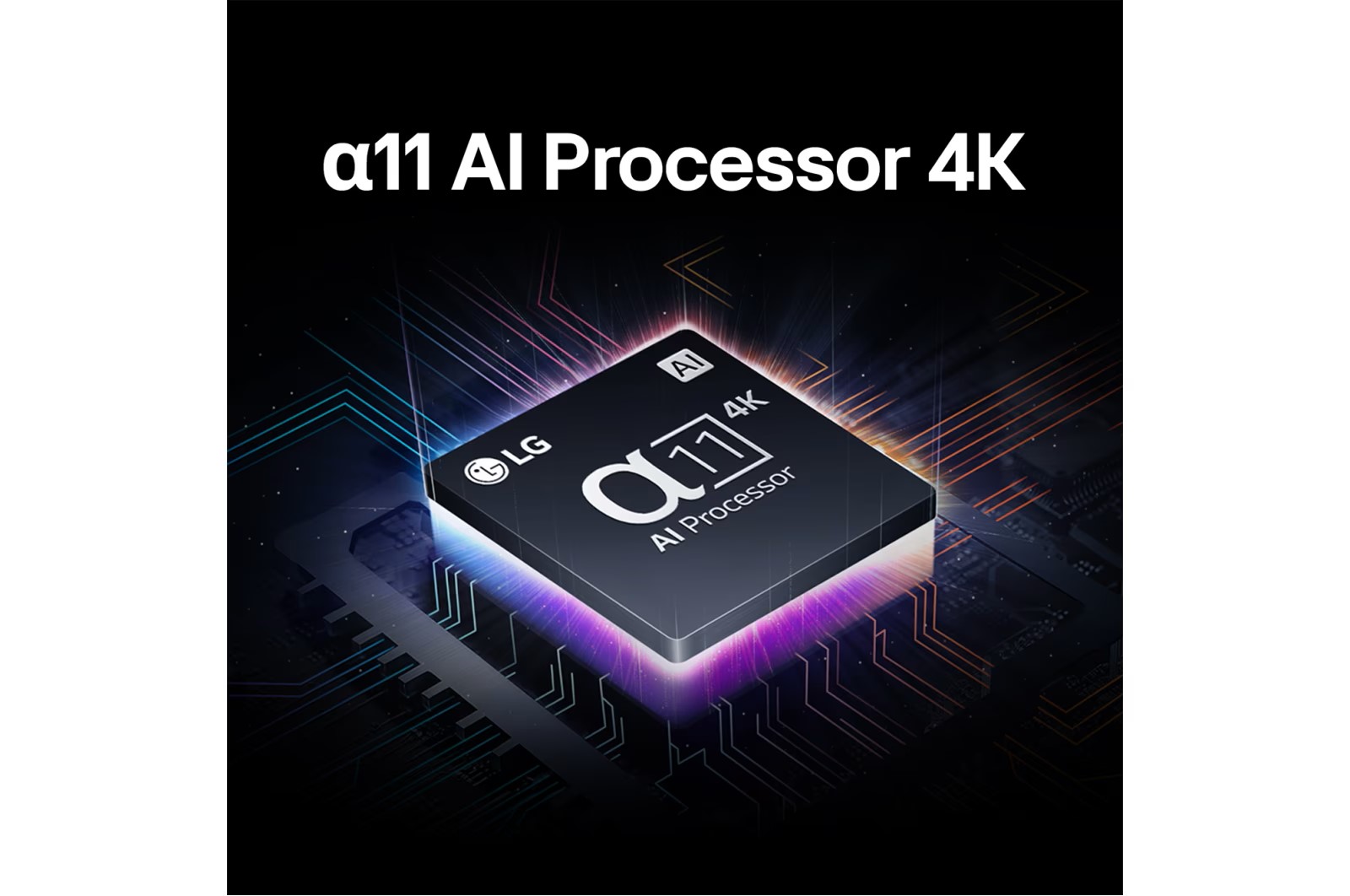
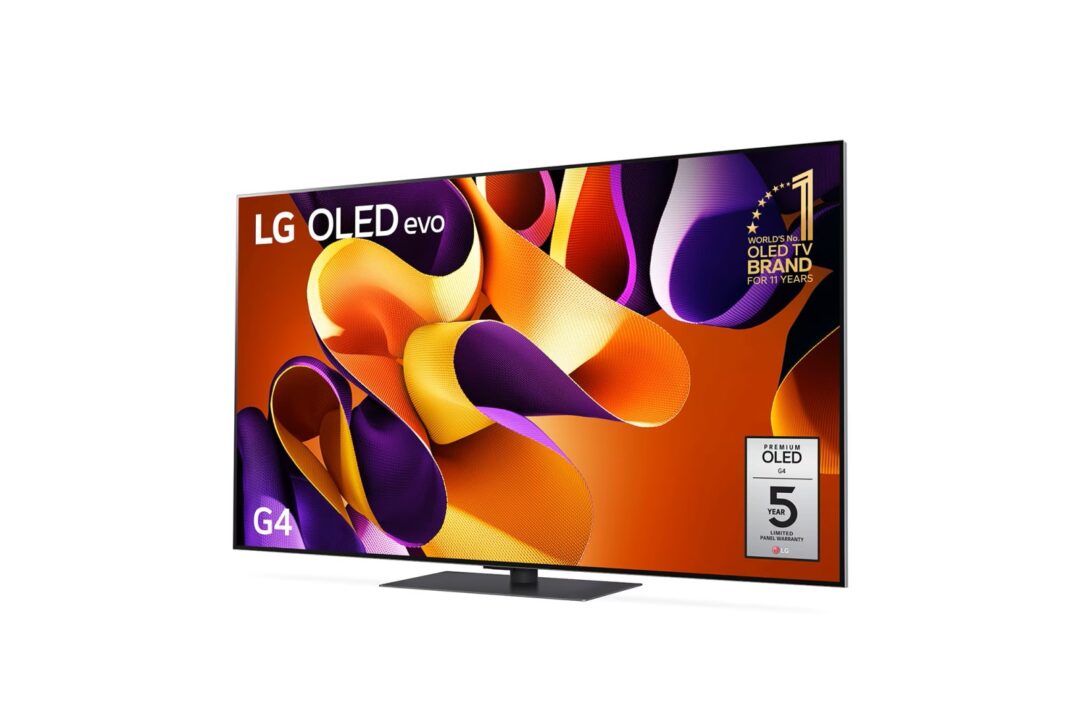
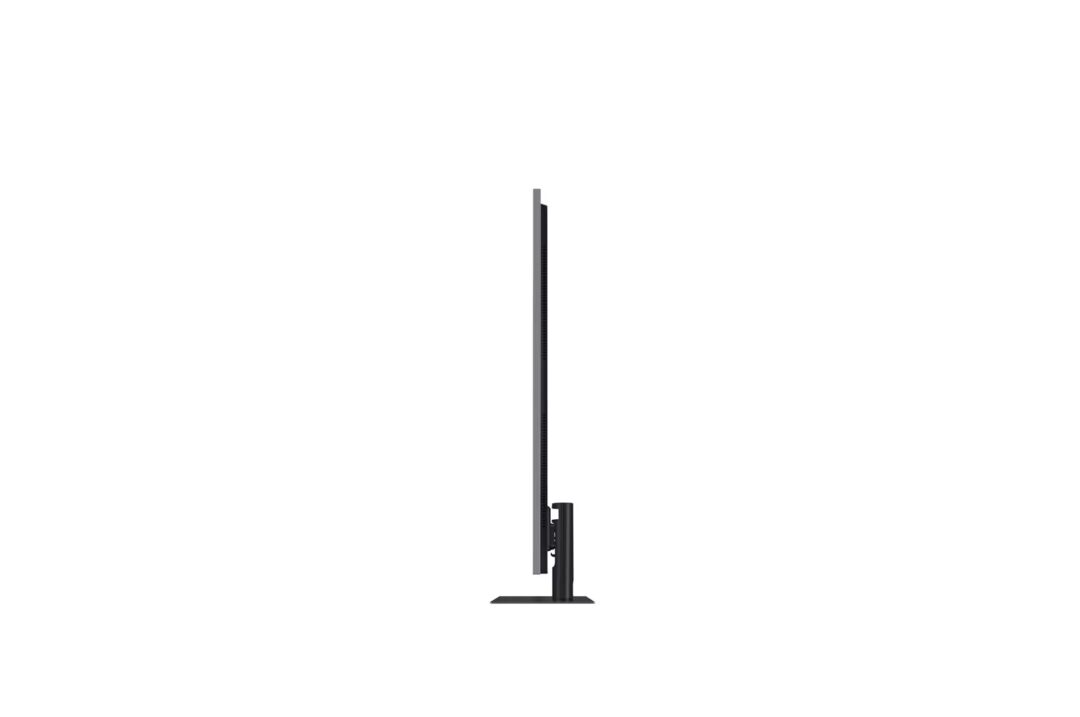
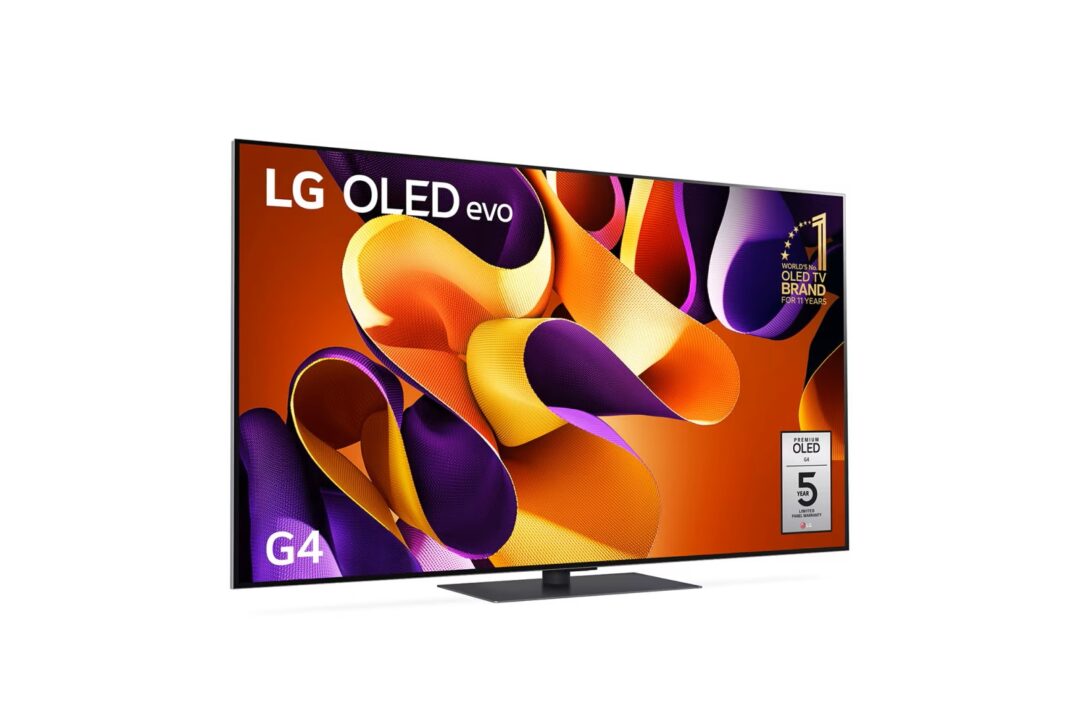
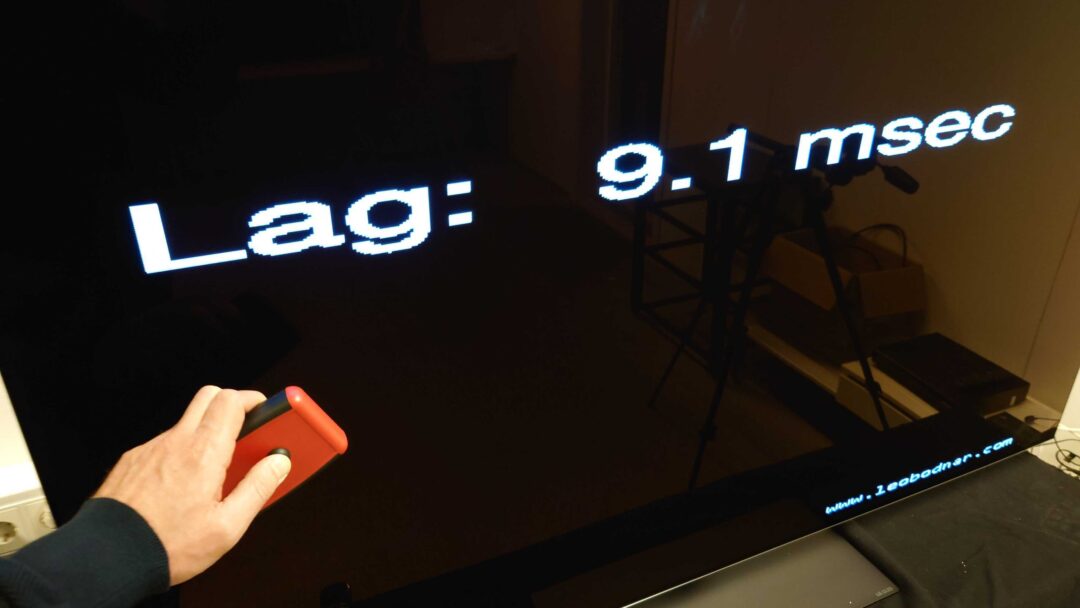
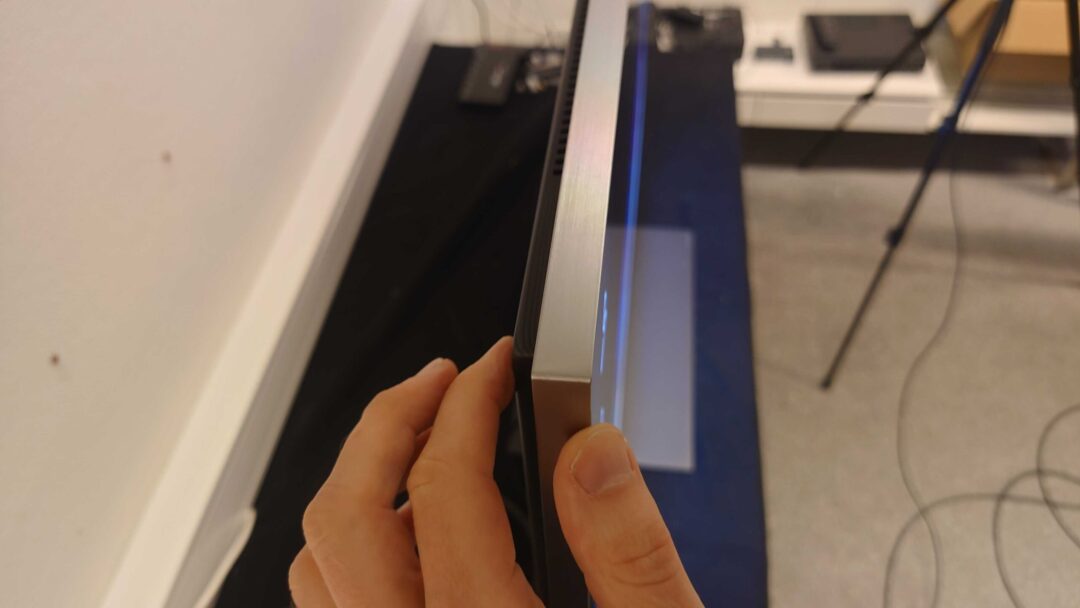
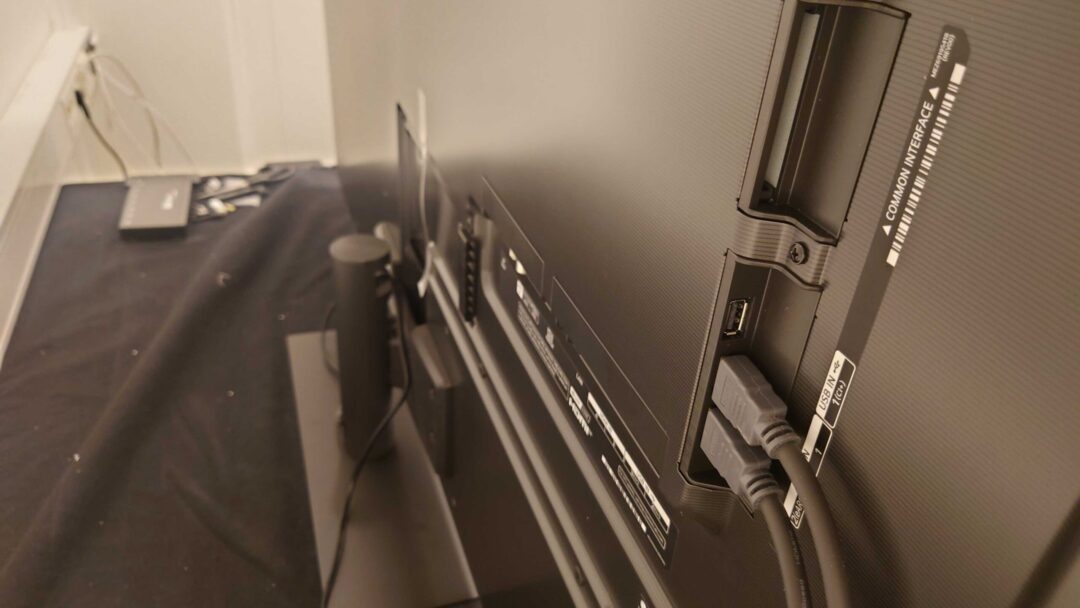
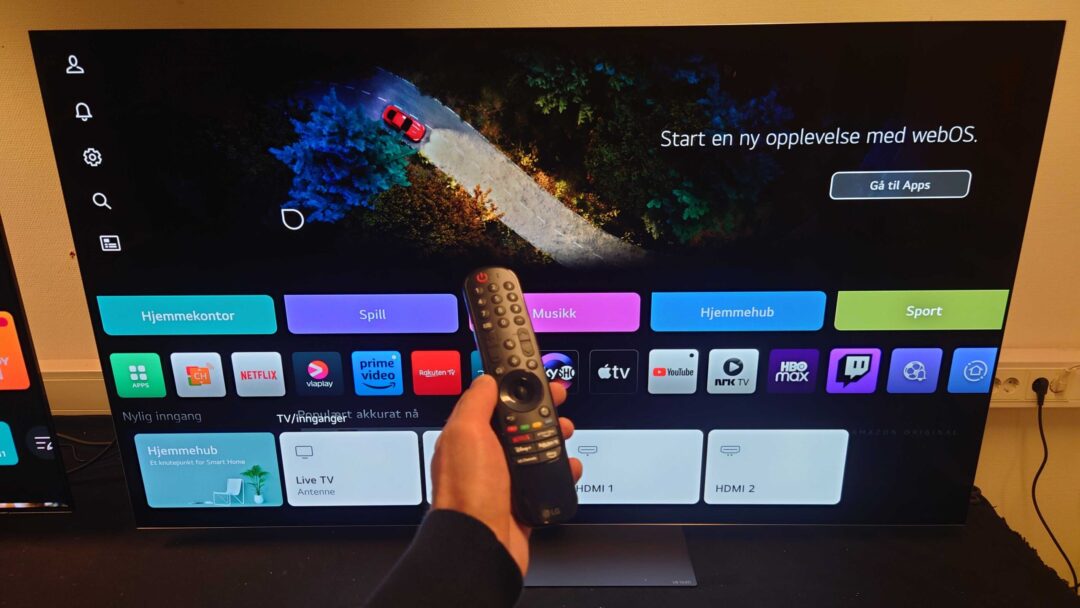
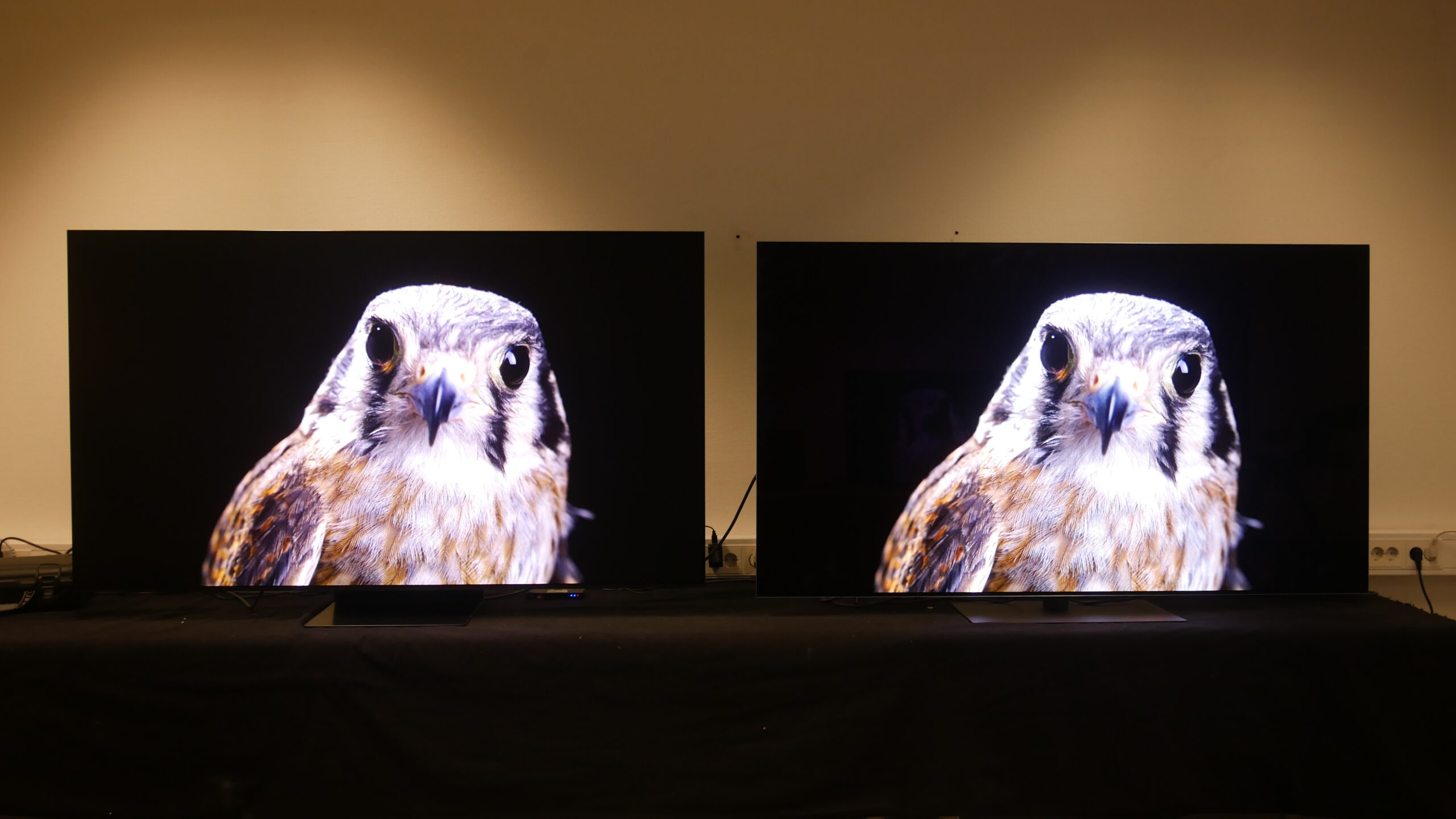
The Stand on the LG 77″ G4 is 12.6″ from front to back and will not fit on a fireplace 12″ ( actual size 11.75″ ) mantle. & The sound system on the 65″ should be the same as the 77″. Conclusion: The 2 TV’s are not the same due to the sound system. However, the Samsung 77″ S95D Stand has 11.3″ dept & a Superior sound System. I would have preferred the LG 77″ G4 Technology.
I have a 77″ G4 & love everything about it! My only gripe is that it did NOT come with the 4 VESA mount screws!!! I know its a small thing, & they give you a nice $70 wall mount, but would it have killed them to put 4 screws in the back of the TV for the people that actually use the VESA mount? I can’t be the only one pissed off on having to go to 2 hardware stores to find the right screws. Other than that this TV absolutely rocks, it makes regular cable look like a 4K Blu-Ray!!!